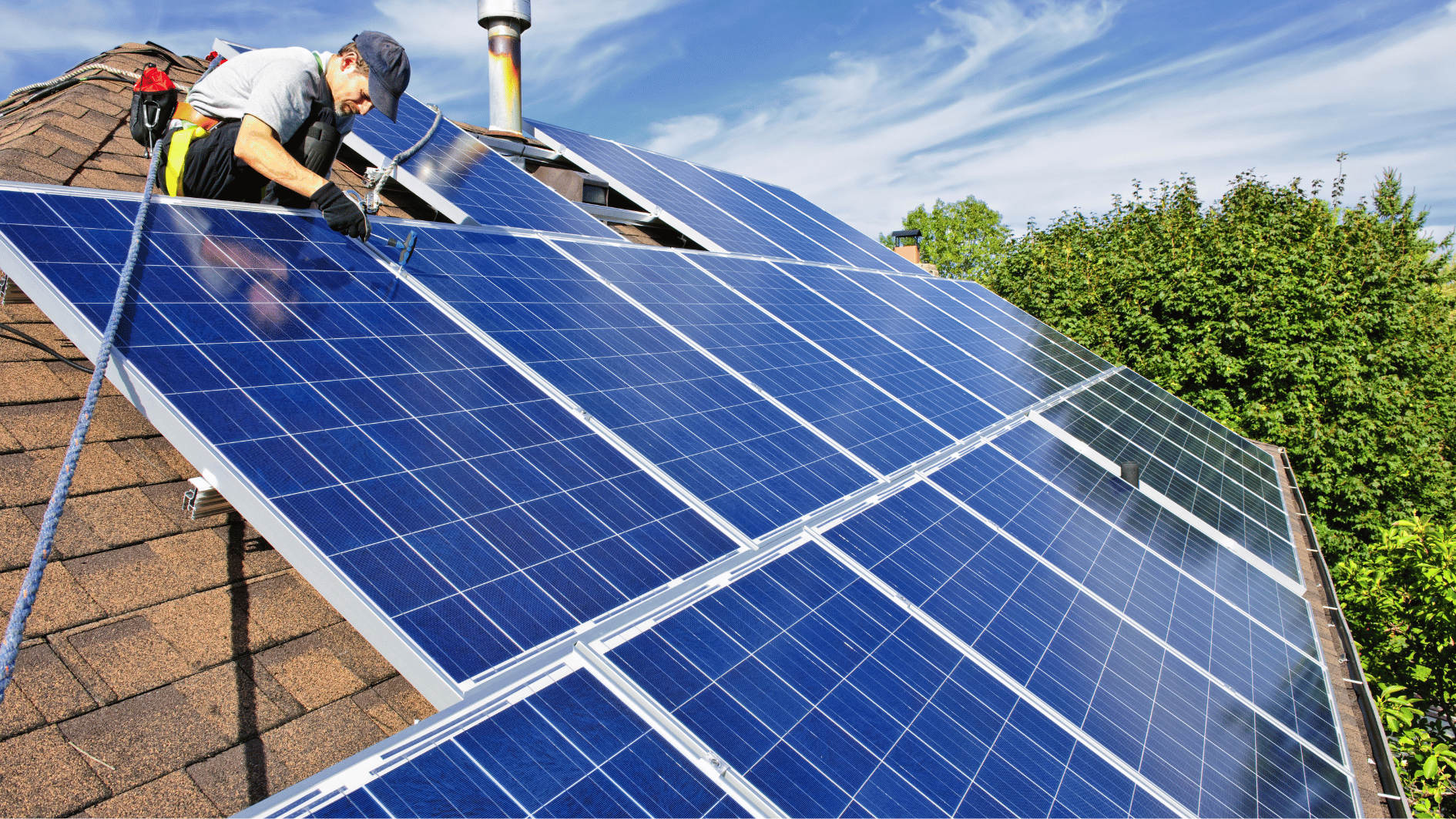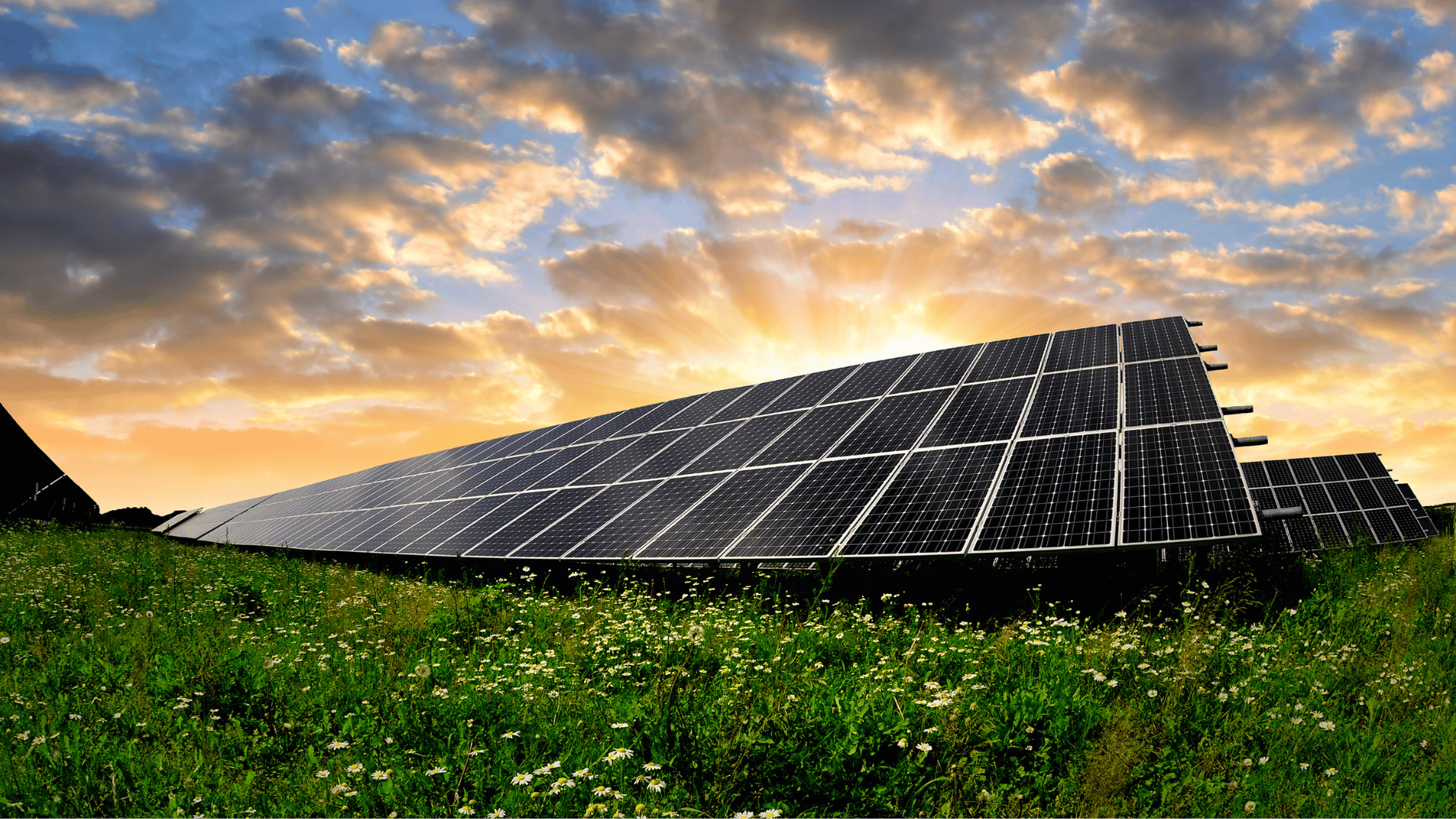Image source: Canva.com
Solar energy continues to assert its dominance in the U.S. energy market. According to the SUN DAY Campaign review of the latest Federal Energy Regulatory Commission (FERC) data, solar power has led the way in new electrical generating capacity for 12 consecutive months. In August 2024 alone, solar energy accounted for nearly 100% of all newly added capacity, continuing its year-long trend of leading monthly capacity additions.
Strong solar growth in 2024
From January to August 2024, solar installations contributed an impressive 16,546 megawatts (MW) of new capacity. This figure is more than double the 8,248 MW added in the same period in 2023. Solar made up 78.3% of all new generation in the first two-thirds of 2024, with wind energy providing an additional 2,270 MW, accounting for 10.7% of the total. Together, these renewable sources were responsible for 90.1% of new generating capacity added this year.
In August alone, solar projects contributed 1,404 MW of new capacity through 29 newly installed units. During this month, solar made up 99.6% of all new capacity added, marking an ongoing trend where renewables are the dominant force in expanding U.S. electricity infrastructure.
Solar’s rising share of U.S. generating capacity
As of August 2024, solar accounts for 9.2% of the nation’s installed utility-scale generating capacity, overtaking both nuclear power (8.0%) and hydropower (7.7%). Combined with wind energy, which contributes 11.74%, the two sources now represent more than one-fifth (21%) of the U.S. utility-scale capacity. This percentage grows even higher when factoring in small-scale solar installations, which account for roughly 30% of all U.S. solar capacity.
Solar poised to overtake other sources
Looking ahead, FERC’s forecasts suggest that solar’s growth will only accelerate. Between September 2024 and August 2027, FERC expects 91,167 MW of net new solar capacity to be added — more than four times the amount projected for wind (22,159 MW). If these additions materialize, by late 2027, solar will contribute over 15% of the nation’s utility-scale capacity, surpassing both coal (13.2%) and wind (12.6%). Solar would then rank second only to natural gas, which is projected to provide 40.3% of generating capacity.

Solar to contribute over 60% of new U.S. electricity generation in 2024
Long-term impact on U.S. energy mix
FERC’s data indicate that renewables, led by solar, are rapidly approaching the capacity share of natural gas. If projected additions continue, the combined capacities of solar and wind could soon exceed one-third of the nation’s utility-scale capacity. When including small-scale solar installations, the share of renewables in the U.S. energy mix is expected to surpass 40% by 2027.
The ongoing growth of solar energy signals a major shift in the U.S. energy landscape, with increasing investments and supportive policies helping renewables outpace fossil fuels. With no signs of slowing down, solar is set to play an even more critical role in the nation’s journey towards a cleaner and more sustainable energy future.
Source: Solar Power World





